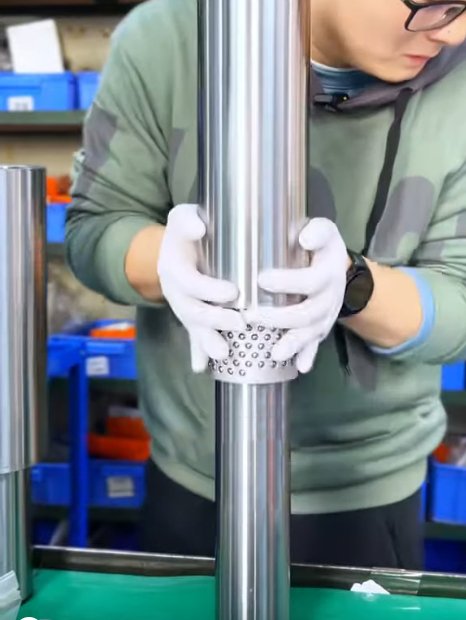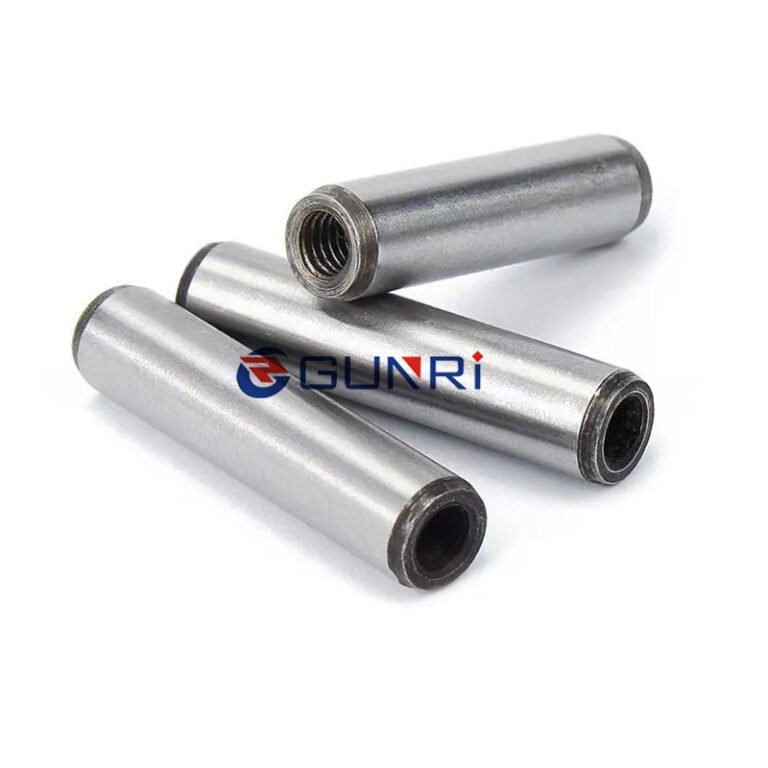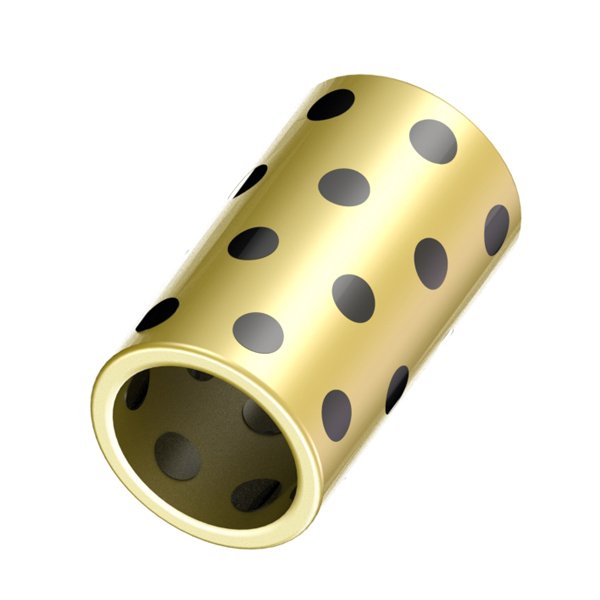Metal dowel pins are essential components in precision engineering, used to align or join two or more parts within assemblies. Choosing the right type of dowel pin ensures structural integrity, precise alignment, and optimal performance of mechanical systems. This guide explains the different types of metal dowel pins and provides practical tips on how to choose the best one for your application.
Common Types of Metal Dowel Pins
1. Standard Ground Dowel Pins (DIN 6325 / ISO 8734)
- Material: Hardened steel, stainless steel
- Tolerance: Tight m6 or h8 fits
- Use Case: General precision alignment in machinery and tools
Standard ground pins are the most widely used type. Their high surface finish and dimensional accuracy make them ideal for precise assembly applications.
2. Slotted Spring Dowel Pins (ISO 8752)
- Material: Spring steel, stainless steel
- Design: Slotted to allow compression
- Use Case: Dynamic assemblies, light loads, cost-effective solutions
These pins are slightly flexible and easy to install without reaming. They’re ideal for situations where vibration or repeated assembly/disassembly occurs.
3. Coiled Spring Pins (ISO 8750)
- Material: Carbon steel, stainless steel
- Structure: Rolled into a spiral shape
- Use Case: Shock absorption, vibration resistance
Coiled pins distribute stress evenly and provide better fatigue life compared to slotted pins, especially under dynamic loads.
4. Taper Dowel Pins (DIN 1 / ANSI B18.8.2)
- Material: Steel, stainless steel
- Design: Tapered shape for interference fit
- Use Case: Permanent alignment in heavy-duty applications
Taper pins offer strong retention and are often used in applications requiring long-lasting, accurate positioning.
5. Threaded Dowel Pins
- Material: Alloy steel, stainless steel
- Feature: Threaded ends for easy removal
- Use Case: Heavy assemblies requiring maintenance
They combine the alignment function of a dowel with the removal ease of a bolt, useful in serviceable equipment.
Specialty Dowel Pins
- Double-ended pins: Chamfered on both ends for easy insertion from either side
- Shoulder pins: Act as both locating pin and shaft
- Custom dowel pins: For non-standard sizes, materials, or finishes
How to Choose the Right Dowel Pin
When selecting a dowel pin, consider the following factors:
1. Application Requirements
- Static or dynamic load?
- Permanent or removable assembly?
- Environmental conditions (humidity, corrosion, temperature)?
2. Material
- Hardened Steel: High strength, suitable for load-bearing
- Stainless Steel: Corrosion resistance, ideal for medical/food applications
- Brass/Aluminum: Used for soft material mating or decorative applications
3. Tolerances
- Use press-fit (m6) for permanent, high-precision alignment
- Use slip-fit (h8) for removable or loosely aligned components
4. Installation Method
- Hammered, pressed, or threaded?
- Do you need the pin to be removable?
Final Thoughts
Choosing the right metal dowel pin may seem simple, but the correct selection ensures reliability and performance in your mechanical systems. Each type serves a unique purpose—from high-precision engineering to cost-effective mass assembly.
If you’re unsure about which pin is best for your application, consulting with a dowel pin manufacturer or supplier can help you make the right decision.



